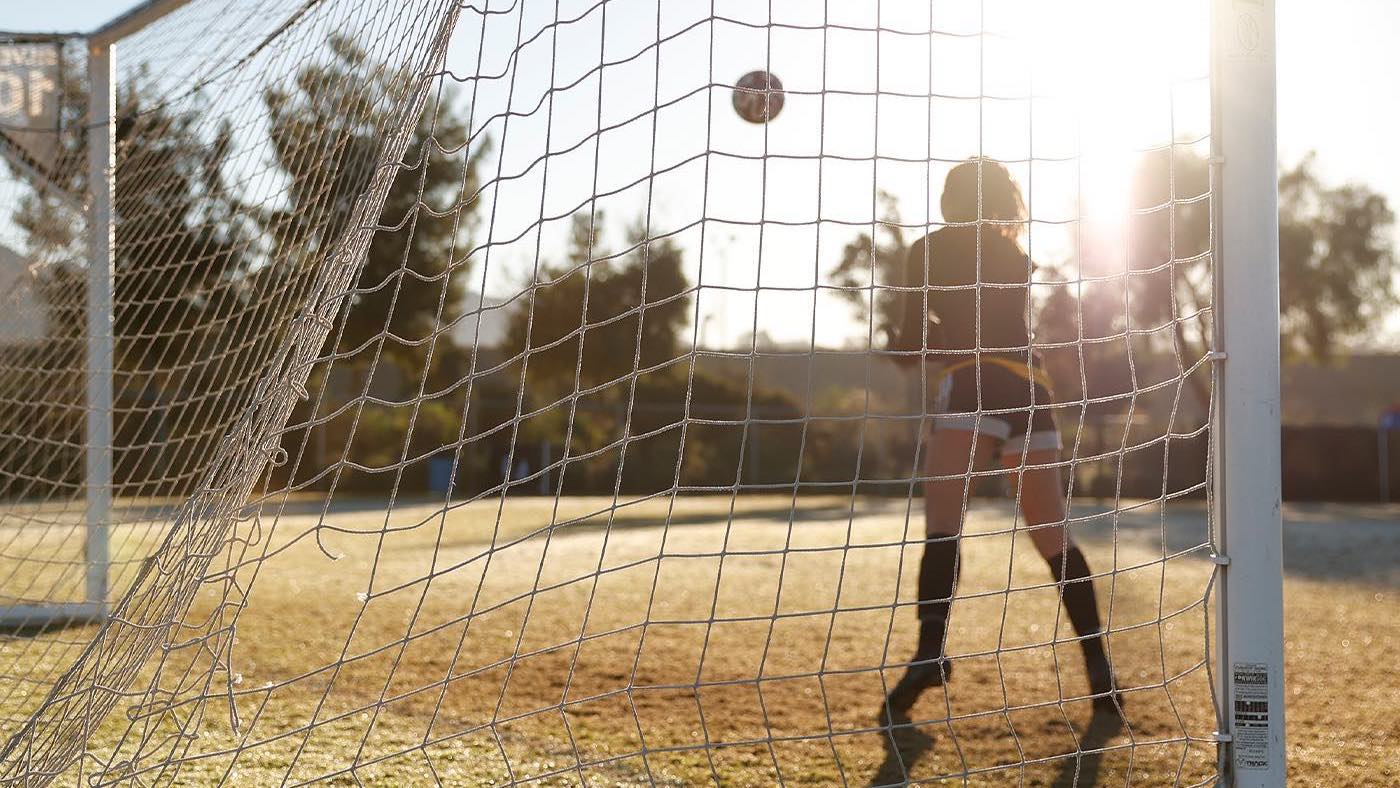How do I keep my kids healthy?
That’s the big question I get from today’s soccer parents and coaches. It’s a tough one because it’s not easy to keep young people healthy these days, especially since there’s a lot that can take them off track. Health, we now recognize, has a broader scope which we term “wellness.”
What’s wellness?
The textbook definition is this: a constant and deliberate effort to stay healthy and achieve our highest potential for well-being. The pursuit of wellness is the intentional practice of healthy behaviors to improve quality and length of life.
So, how do we help our soccer players to achieve sustained wellness? The key is the intentional pursuit of balance in and among the five dimensions of wellness: 1) Physical, 2) mental/emotional, 3) relational/social, 4) mental/intellectual and 5) soul/spiritual.
Today, let’s talk about maintaining #1) physical health – the most familiar dimension of wellness.
What does physical health look like in your kid?
- Energy for all required activities and some left over for fun
- Strong muscles without lingering aches and pains
- Ease of movement at all joints, smooth and pain free
- Regular heart-pumping, enjoyable physical activity
- Avoidance of unhealthy physical behaviors
How do we help them achieve and maintain physical health?
Fuel
- Breakfast, or at least a breakfast attempt. Calories to start the day.
- Snacks mid am, especially if they get a really early start.
- Lunch that covers the food groups. A sandwich or two with fruit and a treat works.
- After school snack is so neglected. PBJ goes a long way here. The last thing you want is for your kid to start practice on an already empty tank.
- After practice: protein, cold drinks; sports drinks are okay, as long as they don’t substitute for calories and protein needed from post work out meal.
For more on Nutrition for Competition days, see Eating to Play, on the US Youth Soccer website.
For more about what is a healthy weight, see Healthy Nutrition: 5 Talking Points with Teens
Hydration
- Few teen athletes drink enough fluids to support their needs.
- Water is best. Plenty of it.
- Electrolyte replacement is okay. During and after (not before) training of 60 minutes or more, especially in warm weather.
- Best practice: drink BEFORE they’re thirsty. Be hydration ready. Don’t always be catching up! Even a small hydration deficit takes a toll on physical and mental performance.
For more, see The importance of Healthy Hydration for Young Athletes
Recovery
- This is my #1. Time spent recovering from training is when growth happens.
- Recovery allows the body to rebuild tissues that were stressed during recent training.
- Muscle tissues are repaired and grow stronger.
- Joints recalibrate and adjust to new demands.
- Brains coordinate, recalculate and learn. Yes, learn.
Stretch
- Most active and growing kids have tight muscles and limited flexibility.
- If it’s stiff, stretch it out. A slow, sustained stretch of warm muscles improves range of motion.
- If it’s sore, stretch it gently.
- If it’s painful, rest it. Gradually stretch when it’s pain free.
For more about proper stretching plus rest and recovery, see Chapter 5 in Fit2Finish: Keeping Your Soccer Players in the Game
Sleep
- Getting enough sleep is probably the biggest no-brainer and perhaps hardest to accomplish.
- Young people need at LEAST 8 hours of sleep per night. Period.
- If that means skipping training, not attending the extra extra-curricular event, or choosing among the school/sport/family demands, so be it. That’s life.
- PLEASE help them with time management. They want to do it all. They can’t. You can’t.
- They shouldn’t. It’s not good for ANYBODY to squeeze every last ounce of doing into every single day.
For more, see the sleep young athletes need and why they need it.
Avoidance of unhealthy behaviors
- This is a tricky one. Young people like to test themselves and push the boundaries. Am I right?
- The physical body is an athlete’s essential equipment. Tattoo it: “Handle with care.”
- A coach with high behavioral expectations is key.
- A coach who knows how to run healthy, age-appropriate training sessions is GOLD.
- Beware of overtraining, a leading cause of injury, especially among fast-growing, eager-to-please kids.
What’s the best way to ensure training sessions are healthy? Before joining a team, ask the coach this: What is your plan to keep these kids healthy and free of injury?
A well-trained coach can tell you:
- Their healthy training design for this age group
- What common injuries are for kids this age
- What their plan is to keep players free of injury and
- How they’ll manage injuries if they do occur
If a coach doesn’t have clear and scientifically sound answers, find another team and another coach.
For more about avoiding overtraining, see How Much is Too Much? from Dr Micheli at US Youth Soccer.
Here’s the to-do list for keeping your soccer player’s physical health, the first dimension of wellness:
- Fuel.
- Hydrate.
- Recover.
- Stretch.
- Sleep.
- Train smart.
- Make good choices.
For better or for worse, a young body can withstand a lot before it gives out. Let’s teach kids how to make sure that doesn’t happen. That’s their first step toward wellness.
Next blog post: Building and sustaining Mental and Emotional Wellness. (Coming soon)








